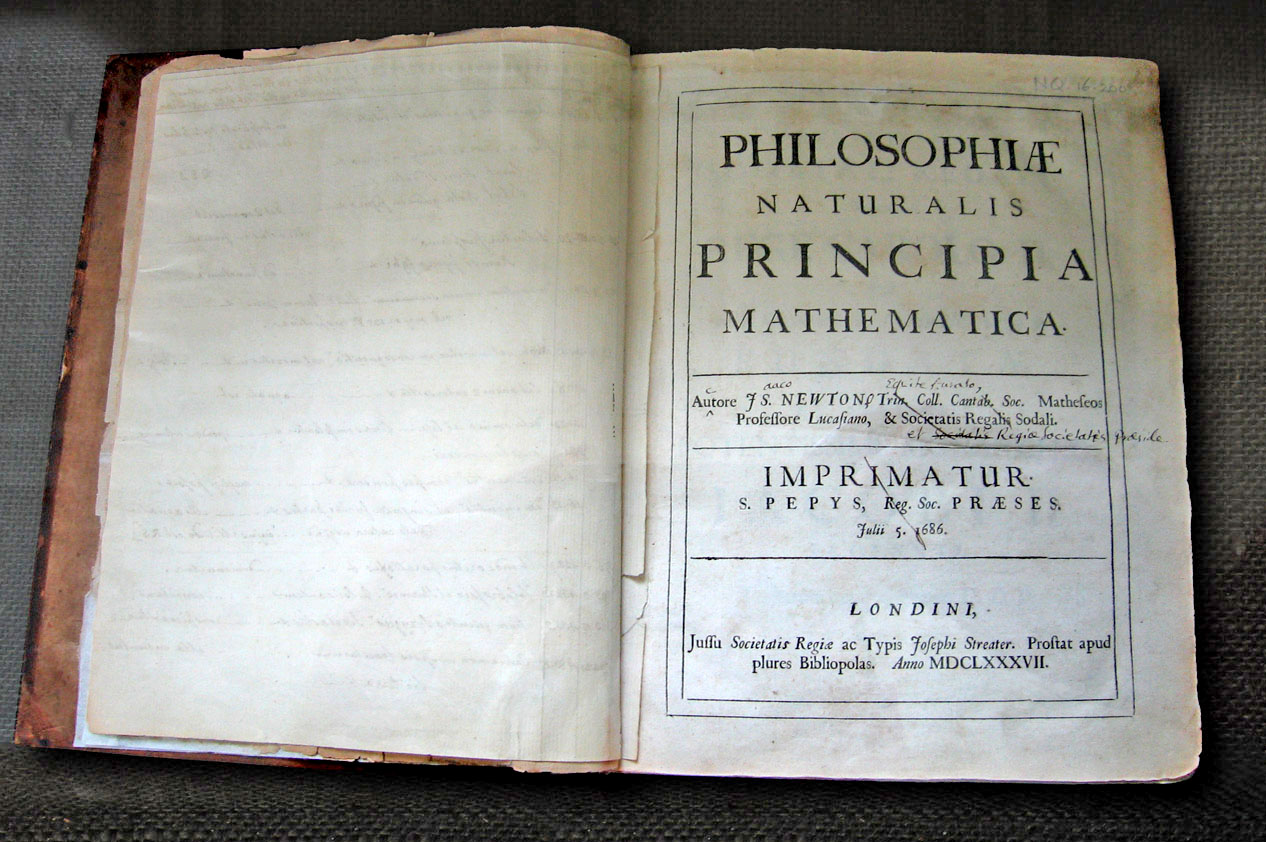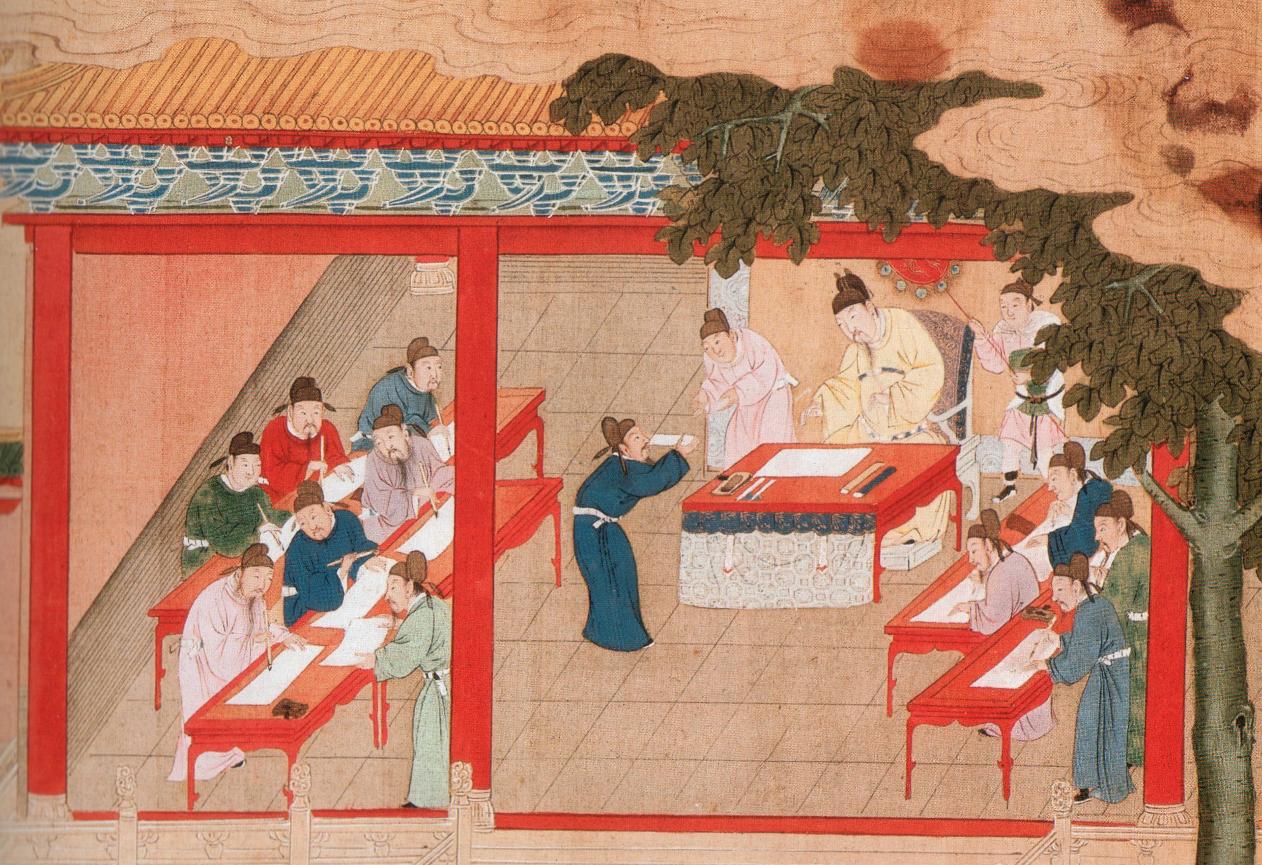|
International Personality Item Pool
The International Personality Item Pool (IPIP) is a public domain collection of items for use in personality tests. It is managed by the Oregon Research Institute. The pool contains 3,329 items. These items make up more than 250 inventories that measure a variety of personality factors, many of which correlate well to better-known systems such as the 16PF Questionnaire and the Big Five personality traits. IPIP provides journal citations to trace those inventories back to the publication as well as correlation tables between questions of the same factor and between results from different inventories for comparison. Scoring keys that mention the items used for a test are given in a list form; they can be formatted into questionnaires. Many broad-bandwidth personality inventories (e.g., MMPI, NEO-PI) are proprietary. As a result, researchers cannot freely deploy those instruments and, thus, cannot contribute to further instrument development. ationale for the IPIP https://web.archiv ... [...More Info...] [...Related Items...] OR: [Wikipedia] [Google] [Baidu] [Amazon] |
Big Five Personality Traits
In personality psychology and psychometrics, the Big 5 or five-factor model (FFM) is a widely-used Scientific theory, scientific model for describing how personality Trait theory, traits differ across people using five distinct Factor analysis, factors: * Openness to experience, ''openness'' (''O'') measures creativity, curiosity, and willingness to entertain new ideas. * ''conscientiousness'' (''C'') measures self-control, diligence, and attention to detail. * Extraversion and introversion, ''extraversion'' (''E'') measures boldness, Surgency, energy, and social interactivity. * ''amicability'' or ''agreeableness'' (''A'') measures kindness, helpfulness, and willingness to cooperate. * ''neuroticism'' (''N'') measures depression, irritability, and moodiness. These traits are not black and white; each one is a spectrum, with personality varying Continuous or discrete variable, continuously across each of these dimensions (unlike in the Myers–Briggs Type Indicator, MBTI inventory ... [...More Info...] [...Related Items...] OR: [Wikipedia] [Google] [Baidu] [Amazon] |
Public Domain
The public domain (PD) consists of all the creative work to which no Exclusive exclusive intellectual property rights apply. Those rights may have expired, been forfeited, expressly Waiver, waived, or may be inapplicable. Because no one holds the exclusive rights, anyone can legally use or reference those works without permission. As examples, the works of William Shakespeare, Ludwig van Beethoven, Miguel de Cervantes, Zoroaster, Lao Zi, Confucius, Aristotle, L. Frank Baum, Leonardo da Vinci and Georges Méliès are in the public domain either by virtue of their having been created before copyright existed, or by their copyright term having expired. Some works are not covered by a country's copyright laws, and are therefore in the public domain; for example, in the United States, items excluded from copyright include the formulae of Classical mechanics, Newtonian physics and cooking recipes. Other works are actively dedicated by their authors to the public domain (see waiver) ... [...More Info...] [...Related Items...] OR: [Wikipedia] [Google] [Baidu] [Amazon] |
Personality Tests
A personality test is a method of assessing human personality construct (psychology), constructs. Most personality assessment instruments (despite being loosely referred to as "personality tests") are in fact introspective (i.e., subjective) self-report questionnaire (Q-data, in terms of LOTS of data, LOTS data) measures or reports from life records (L-data) such as rating scales. Attempts to construct actual performance tests of personality have been very limited even though Raymond Cattell with his colleague Frank Warburton compiled a list of over 2000 separate objective tests that could be used in constructing objective personality tests. One exception, however, was the Objective-Analytic Test Battery, a performance test designed to quantitatively measure 10 factor-analytically discerned personality trait dimensions. A major problem with both L-data and Q-data methods is that because of item transparency, rating scales, and self-report questionnaires are highly susceptible to mo ... [...More Info...] [...Related Items...] OR: [Wikipedia] [Google] [Baidu] [Amazon] |
Oregon Research Institute
The Oregon Research Institute is an American psychology research institute in Eugene, Oregon Eugene ( ) is a city in and the county seat of Lane County, Oregon, United States. It is located at the southern end of the Willamette Valley, near the confluence of the McKenzie River (Oregon), McKenzie and Willamette River, Willamette rivers, .... It manages the International Personality Item Pool. References External links Home page* Winters, Jennifer"Oregon Research Institute receives federal stimulus awards" {{authority control Psychology research institutes Organizations based in Eugene, Oregon Research institutes established in 1960 Psychology organizations based in the United States Mental health organizations based in Oregon ... [...More Info...] [...Related Items...] OR: [Wikipedia] [Google] [Baidu] [Amazon] |
16PF Questionnaire
The Sixteen Personality Factor Questionnaire (16PF) is a self-reported personality test developed over several decades of empirical research by Raymond B. Cattell, Maurice Tatsuoka and Herbert Eber. The 16PF provides a measure of personality and can also be used by psychologists, and other mental health professionals, as a clinical instrument to help diagnose psychiatric disorders, and help with prognosis and therapy planning. The 16PF can also provide information relevant to the clinical and counseling process, such as an individual's capacity for insight, self-esteem, cognitive style, internalization of standards, openness to change, capacity for empathy, level of interpersonal trust, quality of attachments, interpersonal needs, attitude toward authority, reaction toward dynamics of power, frustration tolerance, and coping style. Thus, the 16PF instrument provides clinicians with a normal-range measurement of anxiety, adjustment, emotional stability and behavioral problems. Cli ... [...More Info...] [...Related Items...] OR: [Wikipedia] [Google] [Baidu] [Amazon] |
NEO-PI-R
The Revised NEO Personality Inventory (NEO PI-R) is a personality inventory that assesses an individual on five dimensions of personality. These are the same dimensions found in the Big Five personality traits. These traits are openness to experience, conscientiousness, extraversion (-introversion), agreeableness, and neuroticism. In addition, the NEO PI-R also reports on six subcategories of each Big Five personality trait (called facets). Historically, development of the Revised NEO PI-R began in 1978 when Paul Costa and Robert McCrae published a personality inventory. The researchers later published three updated versions of their personality inventory in 1985, 1992, and 2005. These were called the NEO PI (Neuroticism, Extraversion, Openness Personality Inventory), NEO PI-R (or Revised NEO PI), and NEO PI-3, respectively. The revised inventories feature updated vocabulary that could be understood by adults of any education level, as well as children. The inventories have ... [...More Info...] [...Related Items...] OR: [Wikipedia] [Google] [Baidu] [Amazon] |
Lewis Goldberg
Lewis R. Goldberg (born January 28, 1932) is an American personality psychologist and a professor emeritus at the University of Oregon. He is closely associated Goldberg, L.R. (1993). The structure of phenotypic personality traits. ''American Psychologist, 48'', 26-34. https://dx.doi.org/10.1037/0003-066X.48.1.26 with the lexical hypothesis that any culturally important personality characteristic will be represented in the language of that culture. This hypothesis led to a five factor structure of personality trait adjectives (which he dubbed the Big 5).Lewis R. Goldberg (1990) An alternative "description of personality": The Big-Five factor structure. Journal of Personality and Social Psychology, 59, 6, 1216-1229 https://dx.doi.org/10.1037/0022-3514.59.6.1216Revelle, W. (2008), Biography of Lewis R. Goldberg. In Encyclopedia of Counseling (F.T.L. Leong et al, editors) Sage. https://dx.doi.org/10.4135/9781412963978.n198 When applied to personality items this structure is als ... [...More Info...] [...Related Items...] OR: [Wikipedia] [Google] [Baidu] [Amazon] |
Open Source Psychometrics Project
Open or OPEN may refer to: Music * Open (band), Australian pop/rock band * The Open (band), English indie rock band * ''Open'' (Blues Image album), 1969 * ''Open'' (Gerd Dudek, Buschi Niebergall, and Edward Vesala album), 1979 * ''Open'' (Gotthard album), 1999 * ''Open'' (Cowboy Junkies album), 2001 * ''Open'' (YFriday album), 2001 * ''Open'' (Shaznay Lewis album), 2004 * ''Open'' (Jon Anderson EP), 2011 * ''Open'' (Stick Men album), 2012 * ''Open'' (The Necks album), 2013 * Open (Kwon Eun-bi EP), 2021 * ''Open'', a 1967 album by Julie Driscoll, Brian Auger and the Trinity * ''Open'', a 1979 album by Steve Hillage * "Open" (Queensrÿche song) * "Open" (Mýa song) * "Open", the first song on The Cure album ''Wish'' Literature * ''Open'' (Mexican magazine), a lifestyle Mexican publication * ''Open'' (Indian magazine), an Indian weekly English language magazine featuring current affairs * ''OPEN'' (North Dakota magazine), an out-of-print magazine that was printed in ... [...More Info...] [...Related Items...] OR: [Wikipedia] [Google] [Baidu] [Amazon] |
Psychological Testing
Psychological testing refers to the administration of psychological tests. Psychological tests are administered or scored by trained evaluators. A person's responses are evaluated according to carefully prescribed guidelines. Scores are thought to reflect individual or group differences in the construct the test purports to measure. The science behind psychological testing is psychometrics.Nunnally, J.C., & Bernstein, I.H. (1994). ''Psychometric theory''. New York: McGraw-Hill. Psychological tests According to Anastasi and Urbina, psychological tests involve observations made on a "carefully chosen ''sample'' mphasis authorsof an individual's behavior." A psychological test is often designed to measure unobserved constructs, also known as latent variables. Psychological tests can include a series of tasks, problems to solve, and characteristics (e.g., behaviors, symptoms) the presence of which the respondent affirms/denies to varying degrees. Psychological tests can include ... [...More Info...] [...Related Items...] OR: [Wikipedia] [Google] [Baidu] [Amazon] |

